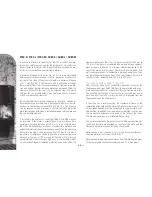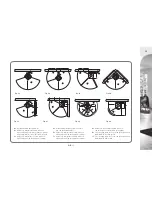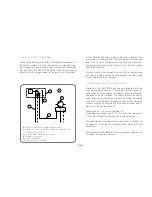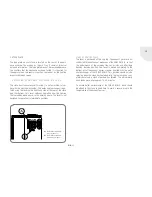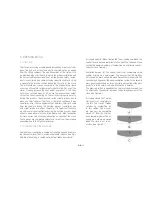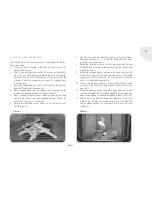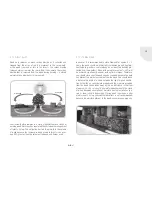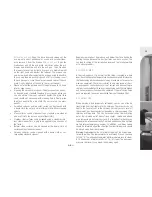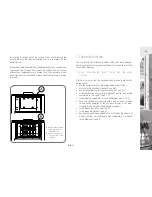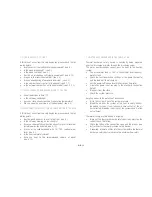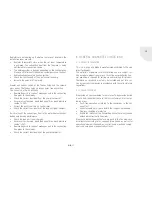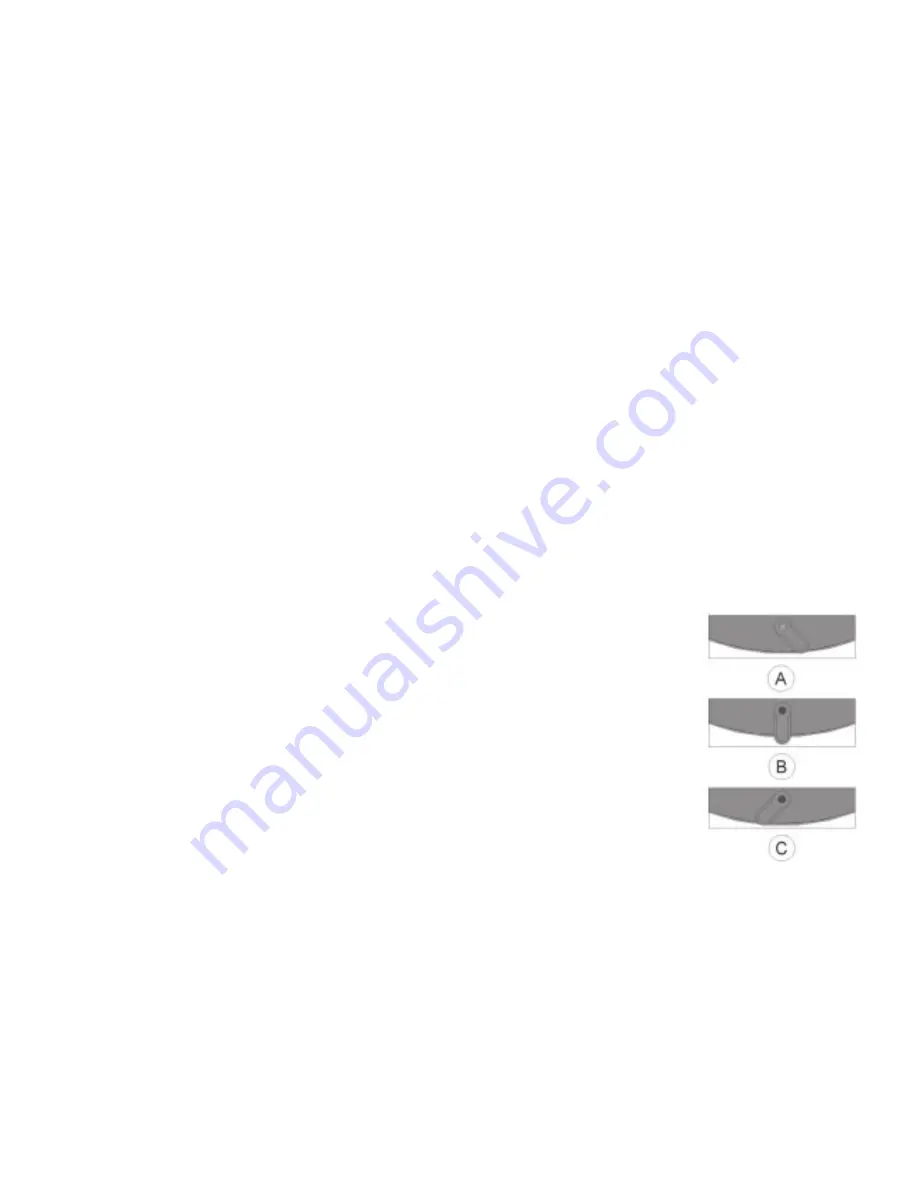
GB
36
4. BURNING WOOD
4.1 FIRST USE
The stove may only be assembled and installed by a specialist com-
pany. The first use of the stove must be carried out by an expert
from the fitting company. The owner/operator of the system is to
be provided with a certificate in which the proper installation and
the correct settings/functionality of all control and safety compo-
nents is confirmed (see commissioning report in chapter 9). Only
a moderate fire may be ignited during the first use of the stove.
This will avoid any cracks occurring in the firebox lining (these
areas can still contain residual moisture before the first use of the
stove). Slowing increase the heat output over about 3 to 5 fires
until it has reached around 30 % above the nominal heat output
so that the corrosion coating on the surfaces is properly burnt in.
During this process, the colour can soften slightly, please do not
place any objects against the stove or touch the appliance. It may
sometimes occur that an unpleasant yet harmless smell will come
from the fireplace during this burning process (sometimes also
with slight smoke formation). Therefore, it is important to ensure
a good level of room ventilation during this burning process. Open
all doors and windows to the outside. Please note: slight expansion
or stress noises can occur during heating or cooling of the stove.
These noises are completely normal and result from the materials
expanding due to the high temperatures.
4.1.1 COMBUSTION AIR REGULATION
Combustion air regulation is carried out infinitely variably by adjust-
ing the control lever that is located underneath the door (see Fig.).
Adjusting the setting is carried out with the firebox door closed!
Air supply open (A): When lighting the fire or adding new wood, the
control lever is pushed completely to the right. The firebox will now
receive the maximum volume of combustion air as primary and sec-
ondary air (see figure A).
Controlled burning (B): The control lever is set somewhere in the
middle. Primary air is now closed. This ensures that the fire does
not receive too much air and the wood does not burn too quickly. The
secondary air flows over the panel ventilation system to the ceramic
glass panel and prevents, as far as possible, any sooting of the glass
panel. This is the normal setting while the fire is burning.
The precise position is dependent on the local conditions and can
be adjusted by the operator based on the burning behaviour of the
stove (see figure B).
Air supply closed (C): The con-
trol lever is set completely to
the left. The stove’s firebox
receives no combustion air
in this setting. The air sup-
ply may only be completely
closed off after the fuel has
been completely burnt. The air
supply must always be closed
when the stove is not in op-
eration. (see figure C).
Summary of Contents for Passo L
Page 2: ......
Page 3: ...Montage und Betriebsanleitung Kaminöfen Selection ...
Page 54: ...D 52 RAUM FÜR IHRE NOTIZEN ...
Page 55: ...Installation and Operating Instructions for Stoves Selection ...
Page 106: ...GB 52 SPACE FOR YOUR NOTES ...
Page 107: ...Notice de montage et d utilisation pour les poeles Selection ...
Page 158: ...F 52 VOS NOTES ...
Page 159: ...Istruzioni di montaggio e d uso per stufe camino Selection ...
Page 210: ...SPAZIO PER I VOSTRI APPUNTI IT 52 ...
Page 211: ...Instrucciones de montaje y uso de las estufas de le a Selection ...
Page 262: ...ES 52 ESPACIO PARA SUS APUNTES ...
Page 263: ...Montage en gebruikshandleiding Kachels Selection ...
Page 314: ...NL 52 RUIMTE VOOR AANTEKENINGEN ...
Page 315: ...Instrukcja montażu i obsługi pieców kominkowych Selection ...
Page 366: ...PL 52 MIEJSCE NA PAŃSTWA NOTATKI ...
Page 367: ...Руководство по монтажу и эксплуатации печей каминов Selection ...
Page 418: ...РУС 52 МЕСТО ДЛЯ ВАШИ ЗАПИСЕЙ И ПОМЕТОК ...
Page 419: ......

